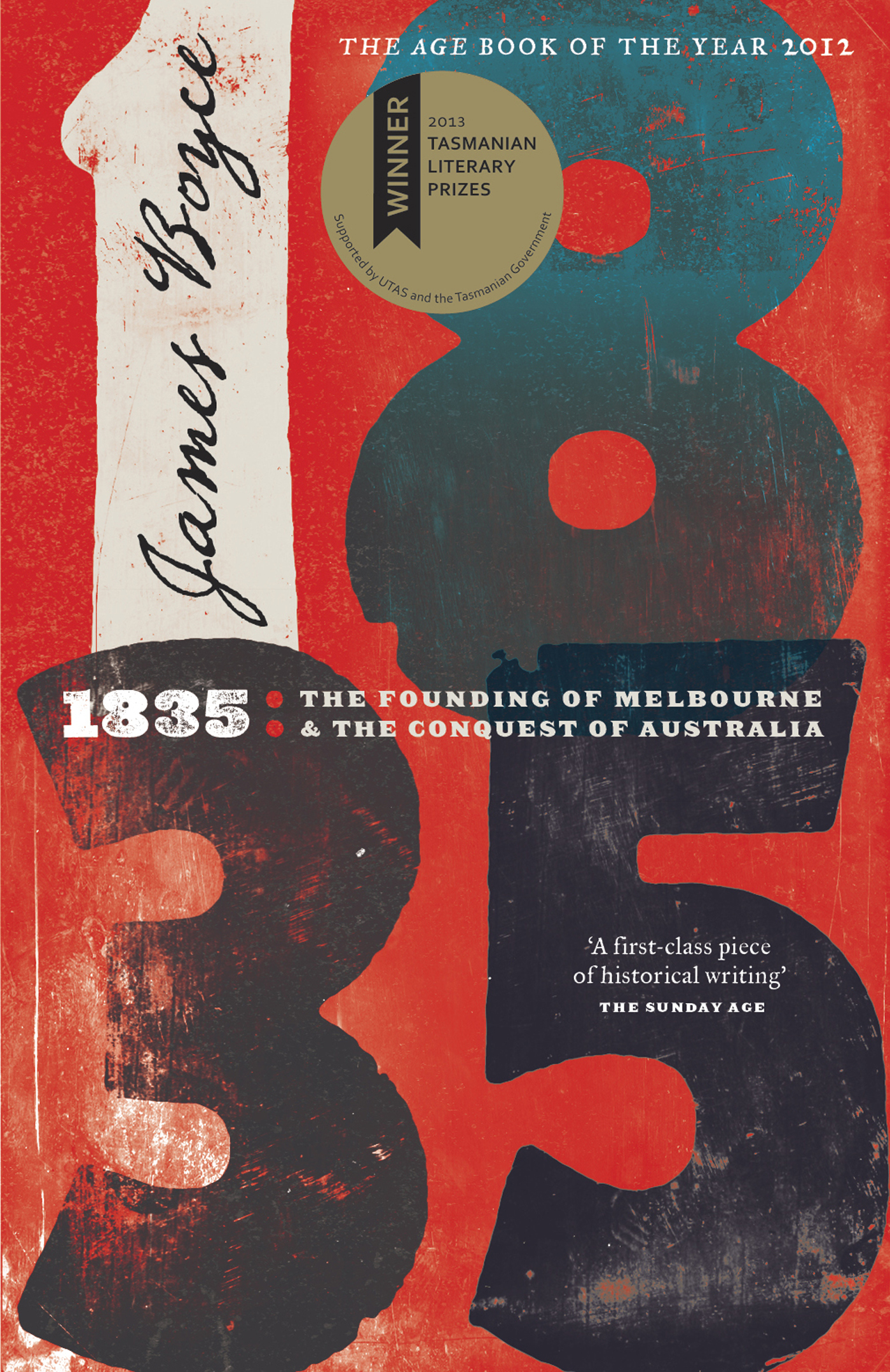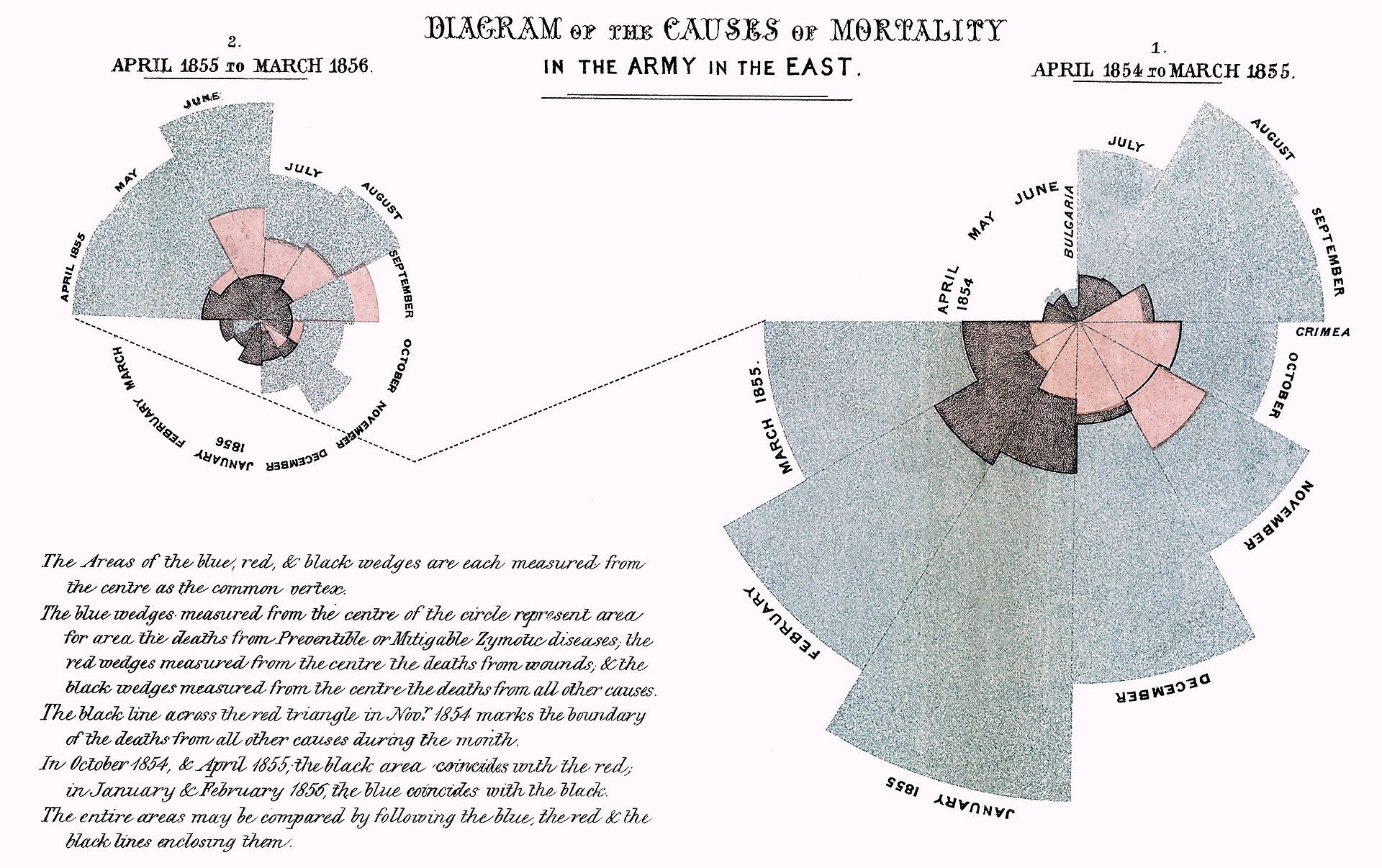Blueprint for Armageddon is a 23 hour six-part podcast series by Dan Carlin exploring World War I.
The planet hadn’t seen a major war between all the Great Powers since the downfall of Napoleon at Waterloo in 1815. But 99 years later the dam breaks and a Pandora’s Box of violence engulfs the planet.
In the first episode, Carlin begins with a reflection on Gavrilo Princip, the Serb national who assassinated Archduke Franz Ferdinand. Carlin suggests that Princip is the most important no one in the last 100 years. The focus is then turned towards the place of Germany, Bismarck and European alliance system. Military power is about who is the “firstest with the mostest”. Associated with this, Carlin discusses the argument that war was inevitable, instead he suggests that there was poor leadership and statesmanship more than anything else. The worst much mistake was the “Rape of Belgium”
The Great Powers all come out swinging in the first round of the worst war the planet has ever seen. Millions of men in dozens of armies vie in the most deadly and complex opening moves of any conflict in world history.
Carlin begins the second episode with the question, “When do we have the power to destroy the world?” This leads to a discussion of the Russians attempts to stop technological development through arms agreement. The Germans answer to the war was the Schlieffen Plan, where they would hit France like a sledgehammer, before then addressing Russia.
The Schlieffen Plan (German: Schlieffen-Plan, pronounced [ʃliːfən plaːn]) is a name given after the First World War to German war plans, due to the influence of Field Marshal Alfred von Schlieffen and his thinking on an invasion of France and Belgium, which began on 4 August 1914. Schlieffen was Chief of the General Staff of the German Army from 1891 to 1906. In 1905 and 1906, Schlieffen devised an army deployment plan for a decisive (war-winning) offensive against the French Third Republic. German forces were to invade France through the Netherlands and Belgium rather than across the common border.
Source: Wikipedia
The rest of the episode explores the Battle of the Frontier. Carlin contrasts the initial British army led by French vs the French infantry in Napoleonic colours led by Joffra. The world has gone from Napoleon’s quip of “30000 deaths a month” to 30000 deaths a day at Battle of Mons and the Battle of the Marne.
The war of maneuver that was supposed to be over quickly instead turns into a lingering bloody stalemate. Trench warfare begins, and with it, all the murderous efforts on both sides to overcome the static defenses.
Episode III begins with a story about Ernest Shackleton and his shock that the war was still going when he returned from Antarctica. Carlin uses this to highlight the length and complexity of the war. With the same amount of people killed in first month than were killed in the whole American Civil War.
Moving into 1915, Carlin discusses the blending of two eras, as captured through the Battle of Ainse and the Battle of Ypres. A particular change was with the development in technology, whether it be barbed wire, flamethrowers, zeppelins, submarines, gas and multilayer trench network. With these changes, Carlin argues that shellshock impacts everyone at some point.
Although it is easy to get bogged down on the Western Front, Carlin explains that there were also battlefronts in the East, Turkey and Pacific. Turkey and the Dardanelles was seen as a weak point in Central Powers, which turned out to be a mistake. Carlin then touches on the atrocities in war with the Turkish massacre of the Armenians.
Throughout, Carlin always tries to capture the human side, such as tropes stopping at 1914 Christmas.
Machine guns, barbed wire and millions upon millions of artillery shells create industrialized meat grinders at Verdun and the Somme. There’s never been a human experience like it…and it changes a generation.
As the war grinds on and more and more soldiers are killed, Carlin asks how you market hell as a travel destination, as that is what the war has become. Rather than touching on each and every battle, Carlin dives into a few examples, including the Battle of Verdun, where a battle is intentially designed to be a meatgrinder, the Battle of Jutland, where the English and Germans faced off at sea, the Brusilov Offensive, where Russians defeated Austrians but lost one million soldiers in the process, and the Battle of Somme.
On a side note, Carlin explained the way in which ‘gas’ was actually more of a solid that lay on top of everything and left everything dead.
The focus of the war progressively moved to home front and the civilian economy. The intent was the collapse and disintegration of a nation.
Politics, diplomacy, revolution and mutiny take center stage at the start of this episode, but mud, blood, shells and tragedy drown all by the end.
Episode Five focuses on the changes to politics and the impact this had on the war. It begins with an exploration of US and Woodrow Wilson’s decision to go to war. This position of power is contrasted with Germany and the turnip winter of 1916/1917, as well as the struggles faced by Italy, Austria and Russia. Outside of this, there were changes in the governments of Britain and France.
With the Russian Revolution and Germany decision, under the leadership of Erich Ludendorff, to enter into total war, Carlin explains how things could have been different and that chance had so much to play. Total war for the Germans meant the development of the Hindenburg Line and dead zone behind the old front line to imped the spring offensive.
The Hindenburg Line, built behind the Noyon Salient “Salient (territory)”), was to replace the old front line as a precaution against a resumption of the Battle of the Somme in 1917. By devastating the intervening ground, the Germans could delay a spring offensive in 1917. A shortened front could be held with fewer troops and with tactical dispersal, reverse-slope positions, defence in depth and camouflage, German infantry could be conserved. Unrestricted submarine warfare and strategic bombing would weaken the Anglo-French as the German armies in the west (Westheer) recuperated. On 25 January 1917, the Germans had 133 divisions on the Western Front but this was insufficient to contemplate an offensive.
Source: Hindenburg%20Line%20-%20Wikipedia by
What ‘total war’ meant was captured in Carlin’s discussion of the creeping barrage associated with the Battle of Arras and the 3rd Battle of Ypres, where rain inundated Flanders’ fields.
The Americans are coming, but will the war be over by the time they get there? Germany throws everything into a last series of stupendous attacks in the West while hoping to avoid getting burned by a fire in the East they helped fan.
Episode Six is largely about the ramifications of World War One. It begins with the discussion of a ‘dangerous idea’ being worse than say a dangerous gas. Carlin explains how Vladmir Lenin, with the help of Germany, released the idea of Communism on the world.
With the collapse of Russia, the various treaties were made public. A particular part of this was the breakup of the Ottoman Empire and the Middle East, this included the Balfour Declaration and the establishment of a national home for the Jewish people.
With all this happening, Carlin explains how Germany had window of opportunity, as there was an increase in troops from Eastern front and such developments as the Paris Gun. The problem was that there was also a lower morale on the home front and eventually low morale on the war front, especially as troops went days without eating.
Allied Commander-in-Chief, Ferdinand Foch, held back troops to survive the battle of morale. This with aided by the addition of fast moving tanks and American support.
Overall, Carlin never promises to tell the story of World War I, instead he carves out a particular story that encapsulates many of the highs and lows. As he often states, he is not a ‘historian’, but a storyteller, what some describe as “the Michael Bay of history.” He captures the past from the high road, from the perspective of a reader, rather than a thorough researcher. This often sacrifices nuance to instead carve a clear path. With this in mind, he often builds situations up with suspense. It is interesting challenge given that we often know the end, but we do not always know how it unfolds. Therefore, he often addresses our desire to know.
Associated with this, he often goes off on tangents, jumps around making comparisons with previous historical events, whether it be Genghis Khan, The Civil War, The Battle of Hastings, Napoleonic War and World War II.




